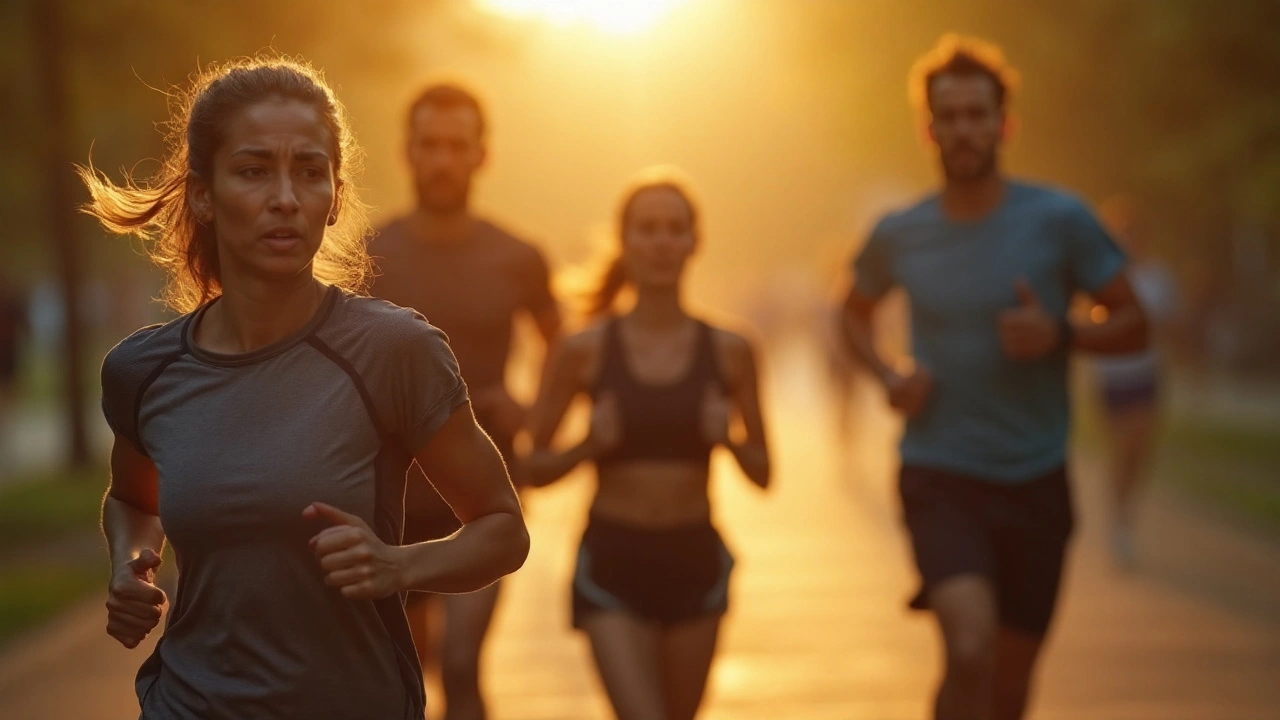Moisture-Wicking Explained: Stay Dry & Comfortable
Ever wonder why some workout shirts feel dry even after a hard sweat session? The secret is moisture-wicking fabric. It pulls sweat away from your skin, spreads it across the material, and lets it evaporate faster. The result? Less clammy skin, fewer chafing spots, and a cooler you.
How Moisture‑Wicking Works
Wicking fabrics are usually made from synthetic fibers like polyester or nylon, or a blend with natural fibers such as merino wool. These fibers have tiny channels that act like tiny highways for moisture. When you sweat, the material grabs the liquid, moves it to the outer surface, and lets the air dry it away. It’s not magic – it’s chemistry and engineering put together.
Two key properties matter: capillary action (the pull that moves liquid) and airflow. Good wicking gear balances both, so the sweat doesn’t sit in one spot and cause a cold‑sweat feeling. Look for tags that mention “quick‑dry,” “breathable,” or “dry‑fit,” they’re usually a sign the fabric was designed for wicking.
Choosing & Caring for Wicking Gear
Picking the right piece is easier than you think. First, check the fit – it should be snug enough to touch your skin but not so tight it restricts movement. A tighter fit helps the fabric pull sweat away faster. Second, consider the activity. For high‑intensity runs, go for light, thin fabrics. For cooler hikes, a mid‑weight wicking layer works better.
When it comes to care, treat wicking clothes like delicate tech. Wash them in cold water, avoid fabric softeners (they clog the tiny channels), and skip the dryer if you can. Air‑drying keeps the fibers intact, but a low‑heat tumble is fine if you’re in a hurry. If you notice the shirt staying damp longer, it’s probably time to replace it – the fibers lose their wicking ability after repeated wear and washes.
One quick tip: layer wisely. Use a wicking base layer next to your skin, add an insulating mid‑layer if it’s cold, and finish with a waterproof outer shell for rain or wind. This combo lets each layer do its job without compromising the wicking action.
In short, moisture-wicking isn’t just a buzzword. It’s a practical tool that keeps you comfortable, reduces skin irritation, and can even improve performance by keeping your core temperature stable. Pick the right fit, follow simple care rules, and you’ll notice the difference the next time you break a sweat.
Stop skin chafe with the right fabrics. See the top materials, how they work, when to wear them, and what to avoid. Clear picks, comparisons, and real-world tips.
View Details

